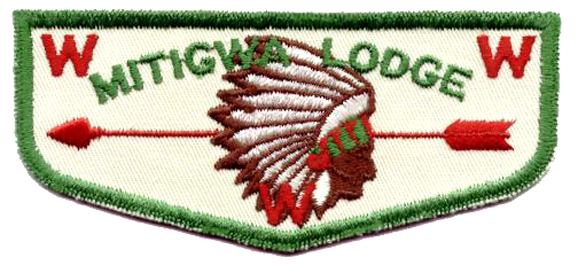First Meeting of National OA Committee
The very first meeting of the National OA Committee was held January 28 – 30, 1949 in Greensboro, North Carolina. G. Kellock Hale, Chairman set the agenda and discussed issues related to changes with the full integration into the BSA. One issue was the usefulness of the 12-region BSA system. Arrangements were discussed for a change in the Area system. The National OA Committee also agreed to send a letter to each lodge reminding them to send a stone to E. Urner Goodman with their lodge name and number on it to be used in construction of a fireplace for the “Brotherhood Barn”.
The most profound issue decided at the first meeting was the increased role of youth leadership under the guidance of adult advisers. To that end it was decided that each local area would select a youth chief who would be called an Area Conference Chief. That about half of these Area Conference Chiefs would gather together prior to each National Conference to plan the upcoming Conference. The chairmen of each of the conference committees would be selected from among the Area conference chiefs. Each conference committee would also have a National OA Committee member as the youth chairman's adviser. This system has remained basically unchanged to this day except that all Section Chiefs are now invited to the National Planning Meeting.

 Accompanying the last issue of the OA Bulletin was a statement of policy on the wearing of Order of the Arrow sashes. As indicated in this letter, all arrow bands will now be worn over the right shoulder, and a new special Brotherhood band will be available for members of this honor. This policy change was made chiefly for better uniformity of dress and neatness in appearance.
Accompanying the last issue of the OA Bulletin was a statement of policy on the wearing of Order of the Arrow sashes. As indicated in this letter, all arrow bands will now be worn over the right shoulder, and a new special Brotherhood band will be available for members of this honor. This policy change was made chiefly for better uniformity of dress and neatness in appearance. that had a local tradition of their own honor society and councils that had Scout Executives that did not want fraternities / honor societies in their councils.
that had a local tradition of their own honor society and councils that had Scout Executives that did not want fraternities / honor societies in their councils.